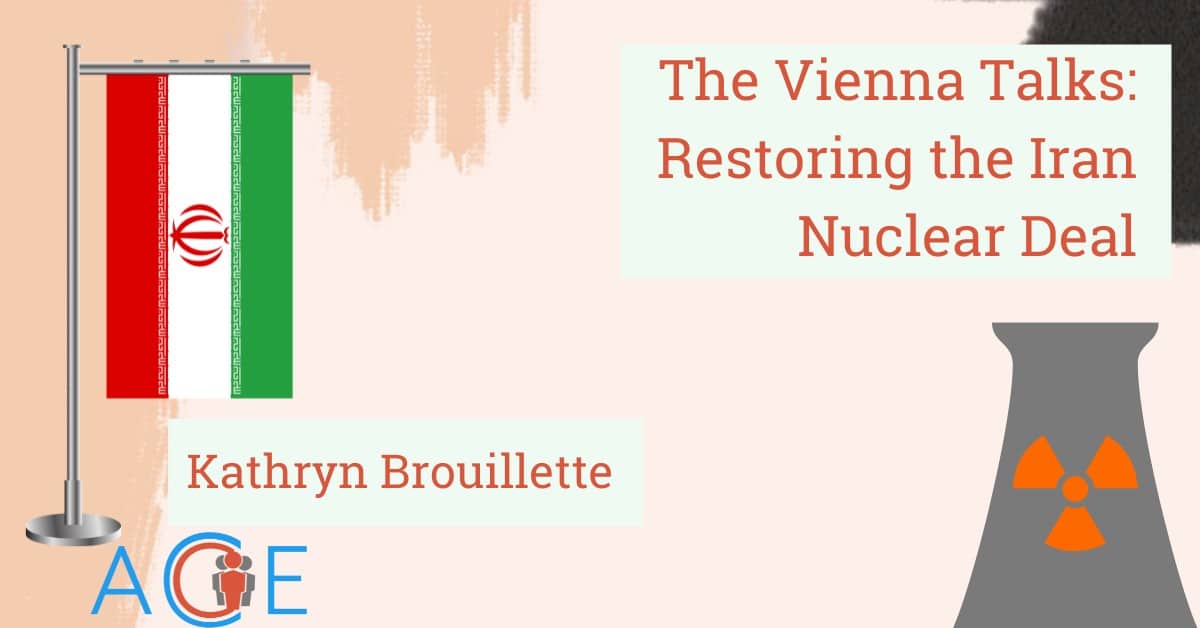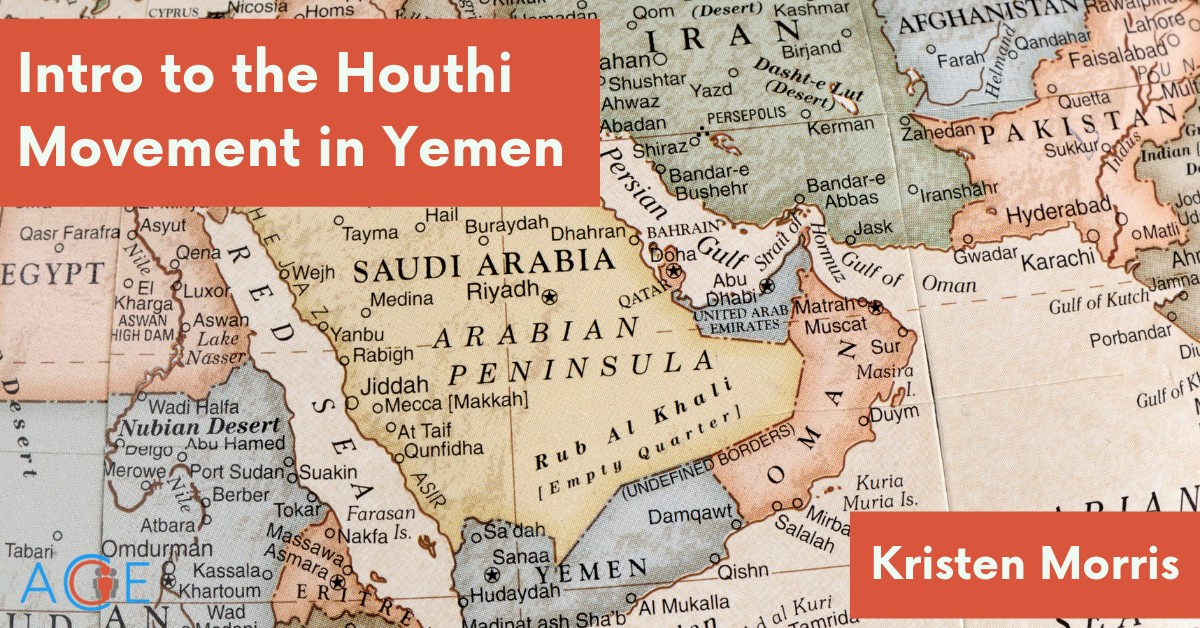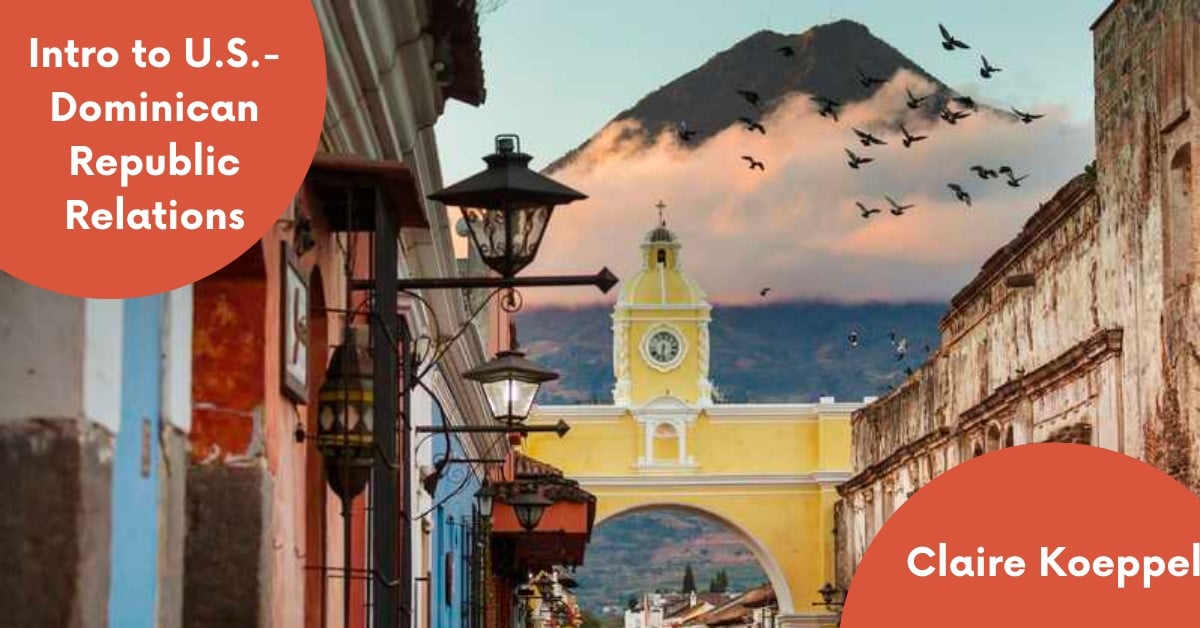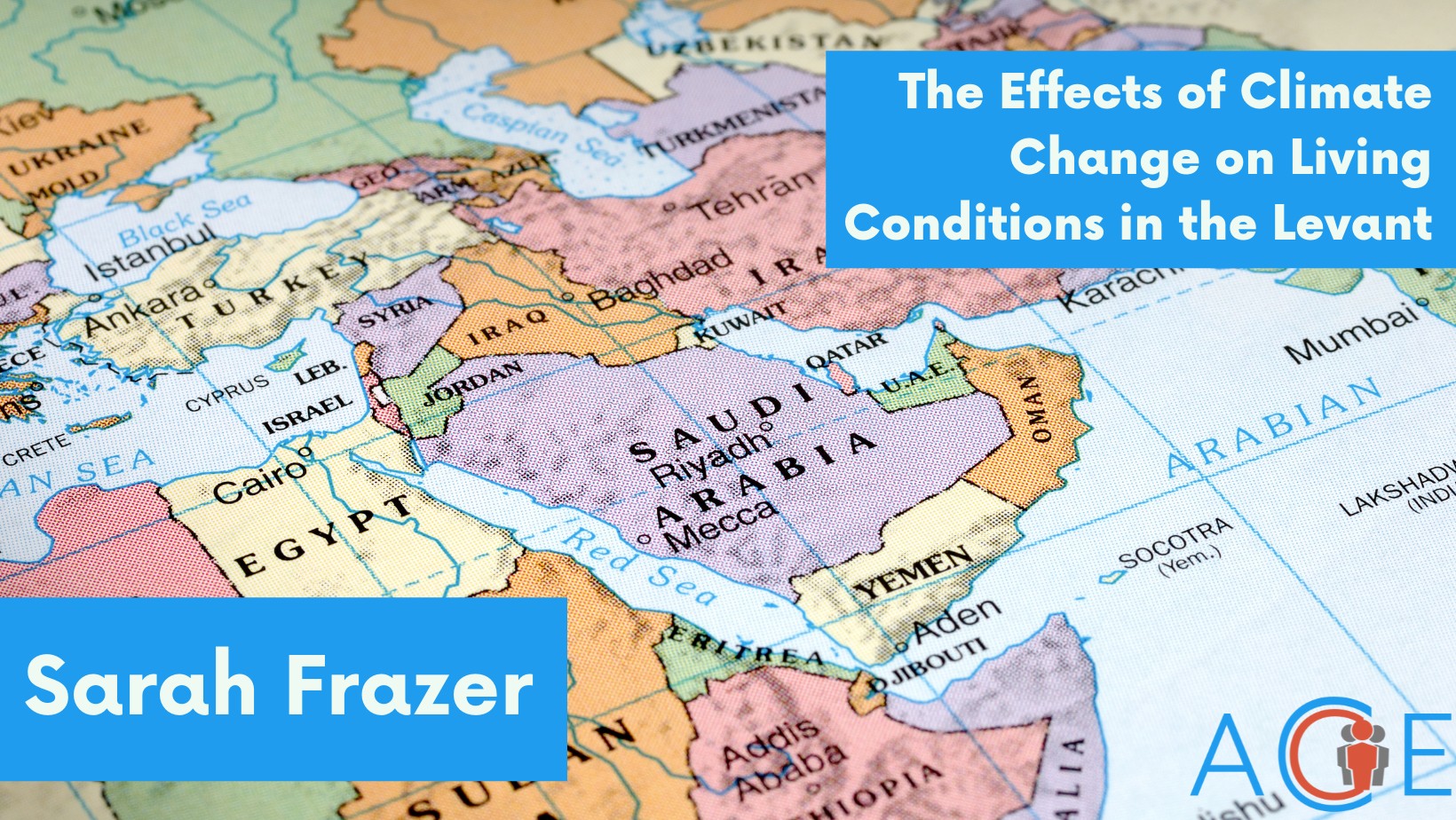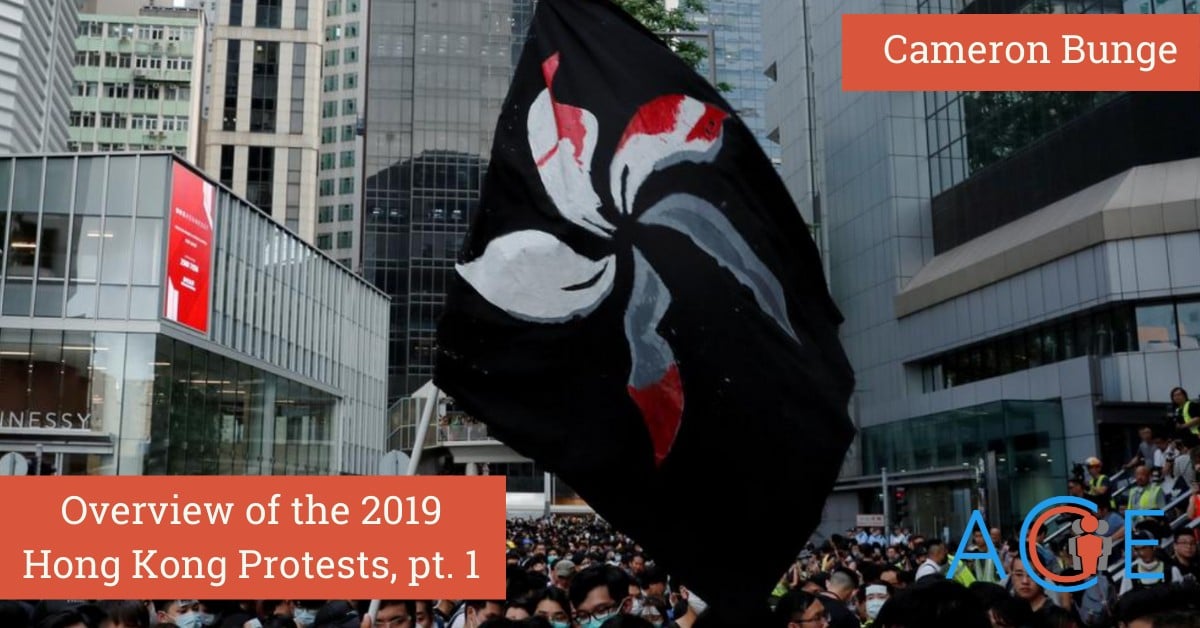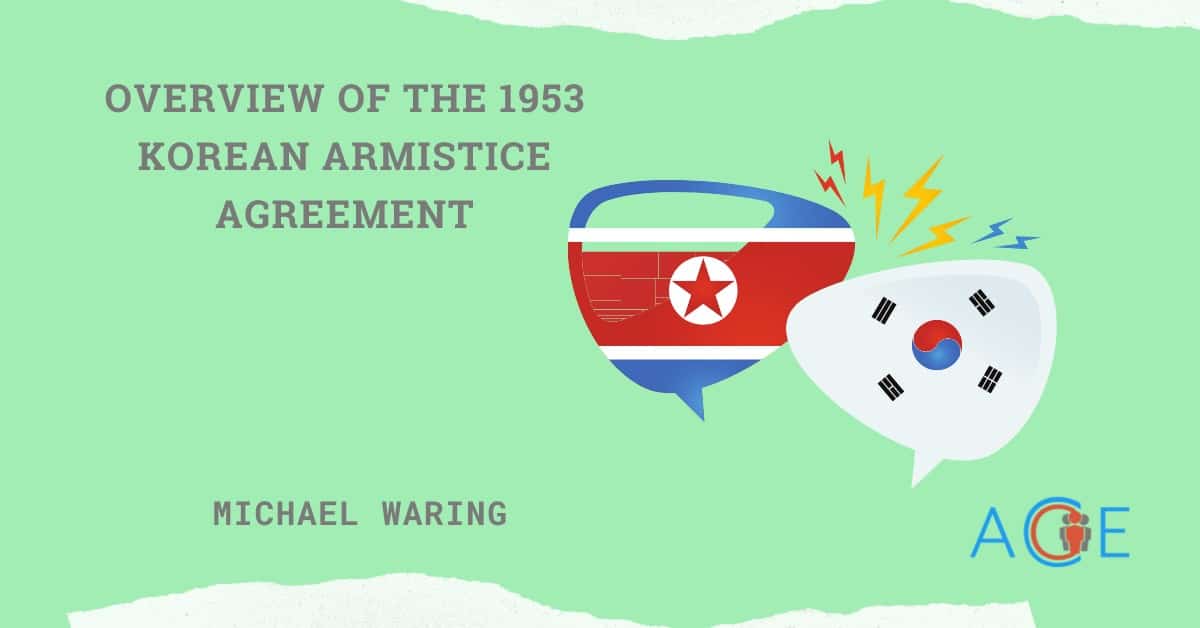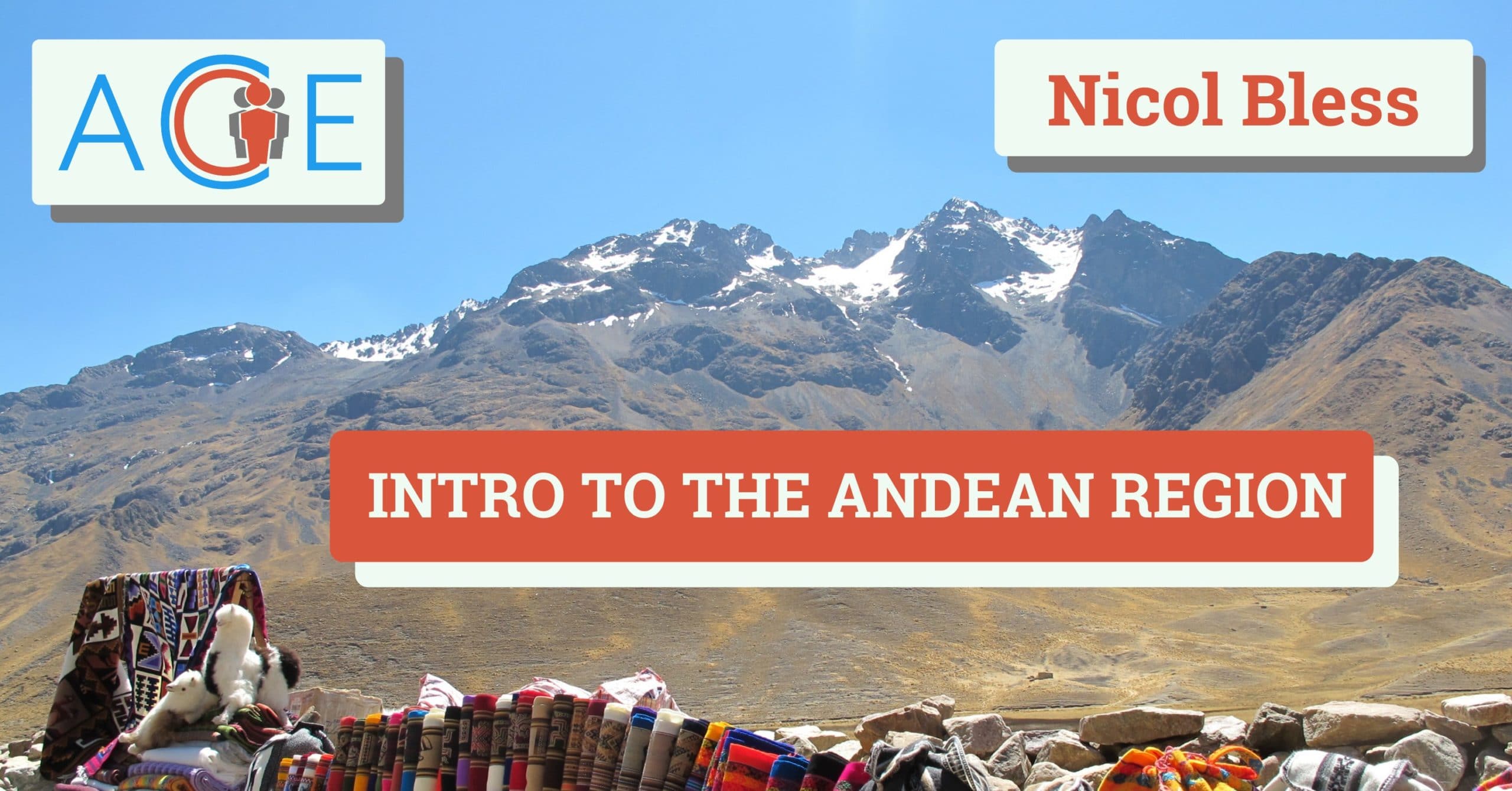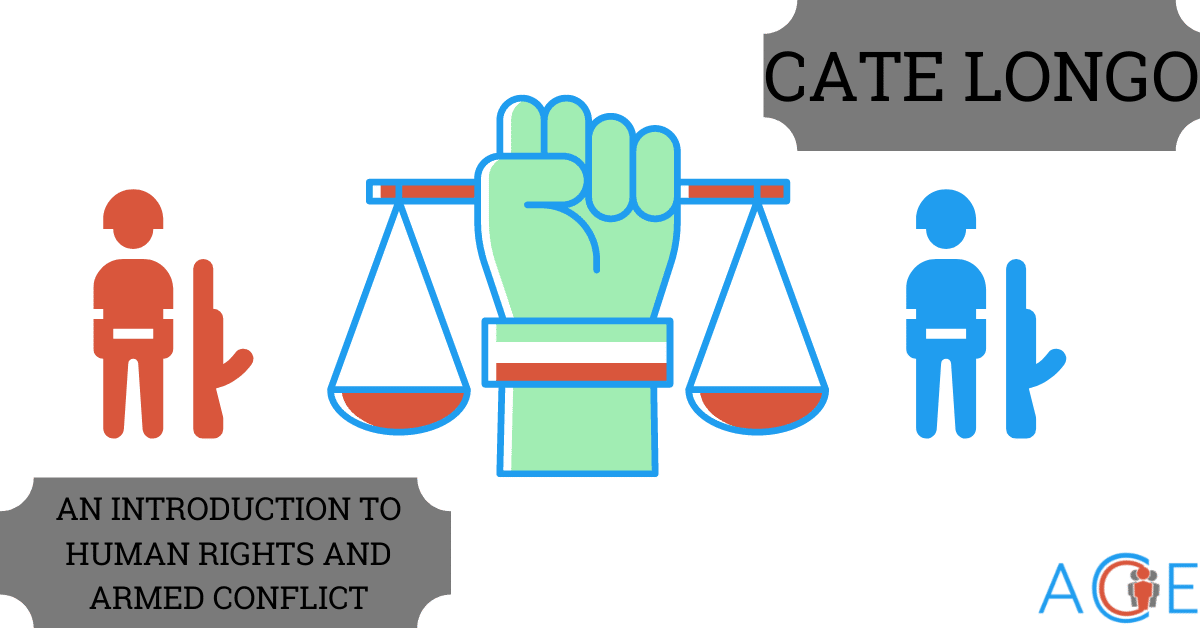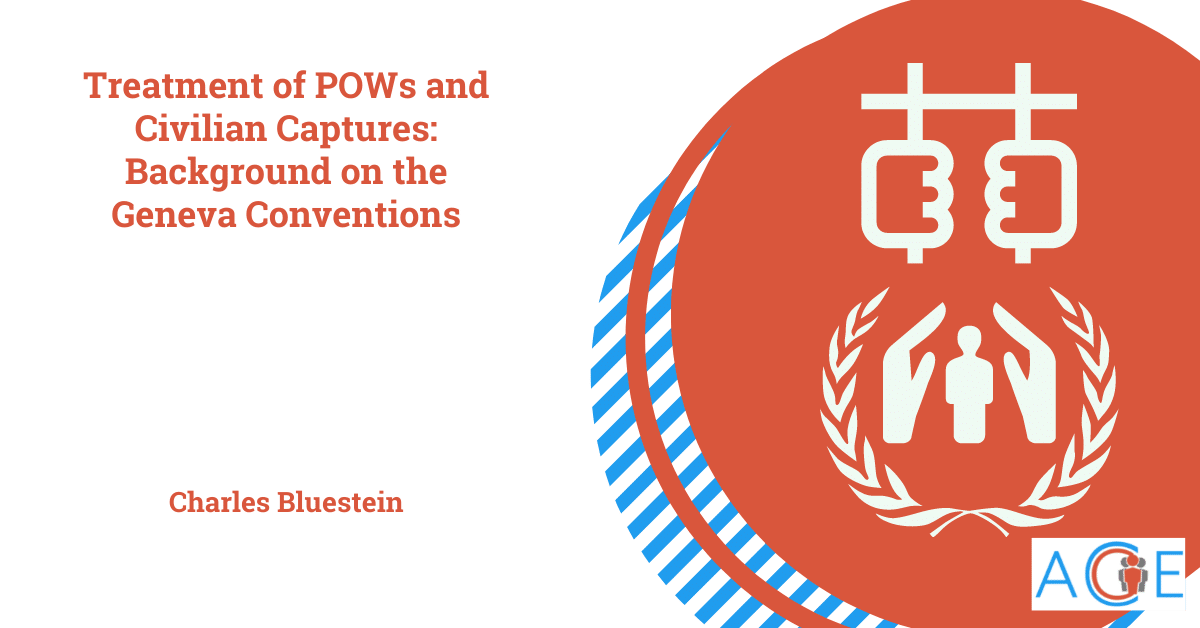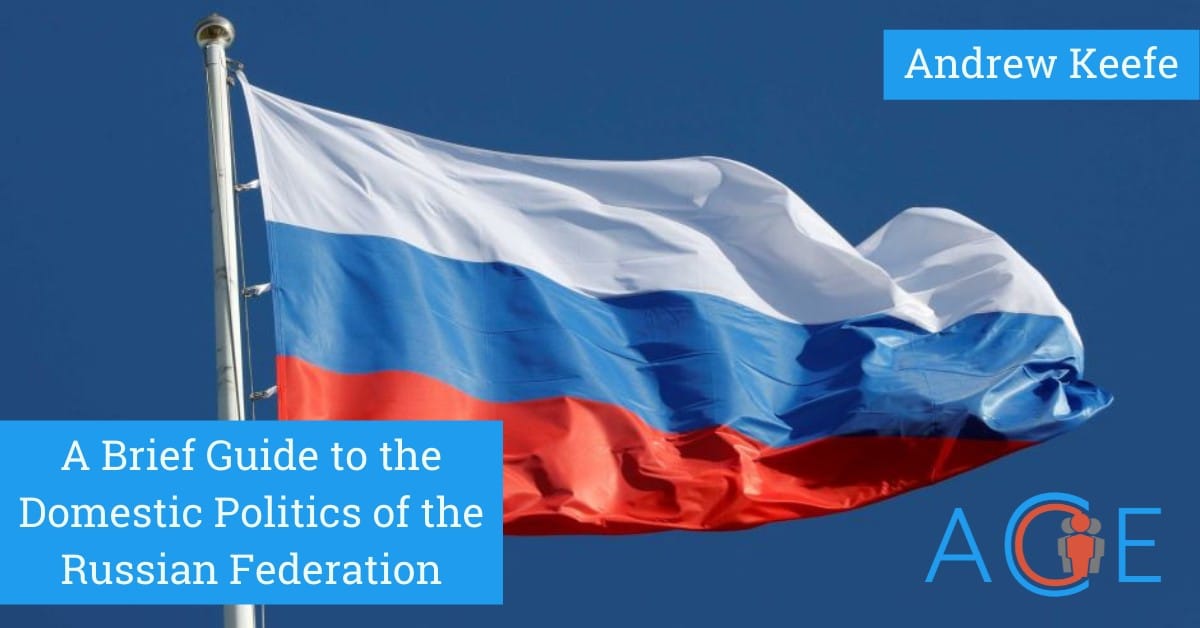The Andean region is a geopolitical area encompassing the states through which the Andes mountain range runs–Bolivia, Ecuador and Peru–who share cultural characteristics initially spread by the Incan Empire in pre-colonial times.
The region is economically characterized by membership in the Andean Community Trading Group, which includes Chile, Colombia and Venezuela, in addition to the three countries. The group was created with the objective of developing a customs union and fostering industrial development. Bolivia, Ecuador and Peru’s economies are also characterized by reliance on trade with the US, which makes up around 40% of total trading. The Andean region has faced many of the same challenges as its neighbors, including supporting large populations of Venezuelan migrants and refugees as well as concerns about electoral fraud and government corruption. Peru and Ecuador have served as a major destination for Venezuelan migrants. Like much of Latin America, the Andean states have suffered substantially from government corruption and fraud. More recently, major government efforts have implemented anti-corruption programs. It is difficult to say whether these programs are in truth anti-corruption or simply attempts to jail political opponents on false charges, but anti-corruption and anti-fraud are of high public interest.
US interests in the Andean region are diverse, but many come back to anti-drug production and trafficking efforts. Coca cultivation has been an indigenous practice in this region for many centuries for medicinal purposes and cultural practices; however, as the global market for cocaine has become more lucrative, this cultivation has increasingly shifted towards supplying the Global North with narcotics. US foreign policy in the Andean region has been characterized by efforts to reduce coca cultivation and eliminate drug trafficking.
Republic of Bolivia
- Capital: La Paz (government and executive capital), Sucre (constitutional capital)
- Population: 11.85 million (2020)
- Government type: Presidential Representative Republic
- GDP per Capita: $3,552
- Official National Language/s: Spanish, several dozen indigenous languages (including: Aymara, Quechua, Chiquitano and Guaraní), Bolivian Sign Language
- Majority Religion/s: Roman Catholicism (many practice a version blended with traditional indigenous practices)
- Global Freedom Score: 66 (partly free)
US History with Bolivia
Bolivia has not always been a country of key diplomatic importance for US foreign policy because of its small economy and lack of raw materials of interest. However, relations with the US are essential for Bolivia due to its economic dependence on the United States.
The US offered Bolivia official diplomatic recognition in 1848, several decades after many other Latin American countries. After beginning an official relationship, the United States and Bolivia’s relations have been largely characterized by a US focus on extractive industries and primary products production in Bolivia, similar to the rest of the developing world. Late 19th century relations between the countries were also characterized by the Monroe Doctrine, which officially declared US protection for Latin American countries against European intervention. In practice however, actions taken under the Monroe Doctrine were more in line with specific US interests in the region, so smaller countries like Bolivia did not receive much protection or aid. Specifically, the country unsuccessfully campaigned for US assistance to gain access to the Pacific Coast.
Despite initial disinterest in Bolivia, commercial importance of Bolivian markets increased at the end of the 19th century as US businessmen realized the potential of this market to sell their goods. This led to the US government beginning to take a more concrete foreign policy approach towards Bolivia starting in the early 20th century. The US aimed to reform Bolivia’s economic and political institutions to better facilitate US investment. However, these interests were challenged with the rise of economic nationalism in the 1930s which led to the nationalization of foreign oil holdings.
The Bolivian Revolution in the 1950s further distanced Bolivia from US commercial interests. The populist movement under the Revolutionary Nationalist Movement Party (MNR) pushed for better labor standards for miners and other workers and successfully advocated for further nationalization. These efforts were particularly focused on mining companies, many of which were at least partially owned by foreign firms. These actions led to large losses to US foreign investment in Bolivia. At the same time, the US government continued to push for US economic interests in the country. US aid flows to Bolivia gave the United States some leverage over Bolivia’s economic policies and economic advisors pushed for a cut to the Bolivian government’s budget and money supply. Ultimately these efforts were largely unsuccessful and the Bolivian government continued to implement populist economic policies, including nationalization of major industries. As a result, coca production increased as unemployment among lower classes increased. The bulk of this coca was used in cocaine production for US and European markets. Despite economic setbacks, the United States continued its support of Bolivia. In the early 1960s, the US Alliance for Progress resulted in an increase in US economic and military assistance to Latin America. However, the Bolivian government nationalized Gulf Oil, a major US oil company in 1969 and 2 years later forced the US Peace Corps out of the country.
With the onset of the US’s War on Drugs policy in the 1980s that reached all throughout Latin America, including Bolivia, the US pushed for stronger coca production regulation, arguing that existing laws were too relaxed.
Key US Foreign Policy Considerations
Major current US foreign policy considerations in Bolivia concern coca production and sale. The rise in cocaine sales and use in the United States led to the War on Drugs, which began in the 1980s. US policy makers continue to advocate for decreasing coca production throughout Central and South America and in Bolivia particularly. Due to coca’s importance both to local economies and indigenous practices, these efforts have not been as successful as US policy makers have hoped. The beginning of Evo Morales’ presidency in 2006 further moved coca policy away from US interests. Evo Morales was the first indigenous president and a former coca growers union leader. He relaxed policies appeasing the US War on Drugs and separately made efforts to decrease economic dependence and pressure from the US government. Unlike the United State’s desire to completely eliminate coca production (to control cocaine production and sales to the US), Morales also kept coca growing legal and addressed US concerns with regulatory measures. As a result, the United States has not supported Morales’ presidency. In 2008, the US ambassador was accused of conspiring against the acting government and expelled. At the same time, the US Drug Enforcement Administration in Bolivia was suspended due to disagreements about coca production policies within the country.
US concern about Morales’ leadership came to a head again in 2019 when the election result leading Morales to win his fourth term of office was scrutinized as fraudulent. When demonstrations ensued, Morales organized roadblocks preventing food from reaching major Bolivian cities. These actions relate to a different US interest in the region: promoting democracy and free and fair elections. Election fraud and corruption are common issues throughout Latin America. The prevalence and size of the US financial system means that the United States is often unintentionally involved in issues of money laundering and bribes. In May of 2021, the United States government charged former Bolivian Interior Minister Murillo with corruption for receiving bribes from a US businessman and using the US financial system to launder these bribes.
REPUBLIC OF ECUADOR
- Capital: Quito
- Population: 17.64 million (2020)
- Government type: Presidential, Unicameral Representative Democracy
- GDP per Capita: 6,183 US dollars (2019)
- Official National Language/s: Spanish (many people also speak Quechua)
- Majority Religion/s: Roman Catholic
- Global Freedom Score: 67 (partly free)
US History with Ecuador
US diplomatic relations with Ecuador first began when Ecuador was part of Gran Colombia (known at the time as the Republic of Colombia but encompassing present-day Colombia, Venezuela, Panama, Ecuador, and parts of Peru and Brazil) and continued after Gran Colombia dissolved in 1831. Over the past two centuries, Ecuador-US relations have primarily centered around implementation of War on Drugs policies and economic interests.
The War on Drugs began around the 1980s and Ecuador was a location of key interest for the United States. Ecuador contained the main drug route on which drugs were illicitly transported from Peru to Colombia. During the 1980s and 1990s, the US supported Ecuadorian authorities in increasing enforcement measures against criminal drug groups. Issues with criminal organizations in Ecuador continued into the 21st century and the United States has provided aid to train the Ecuadorian army and police as well as seal borders with neighboring countries.
US-Ecuador relations worsened in the late 2000s as political parties to the left gained influence over the government and President Correa was elected in 2006. Correa’s politics leaned towards socialism and weren’t aligned with US interests. To the US’s dismay, he implemented policies to gain economic independence from the US and also made efforts to initiate closer relations with Russia, the EU and China. In 2007, the Ecuadorian government under Correa began passing new legislation to restrict US companies present in the country. Taxes for oil trading companies were increased and lawsuits were filed against Chevron and Texaco for over one billion dollars in damages (including pollution, health detriments, and environmental damage).
In 2013, US-Ecuador relations were further complicated by a completely separate incident: the granting of asylum to US whistleblower Julian Assange. The Wikileaks founder lived in the London Ecuadorian embassy for a year and was granted Ecuadorian citizenship in 2017 which allowed him to avoid arrest by US authorities. His citizenship, however, was recently revoked because of alleged fraud in his naturalization documentation.
Relations have improved since President Lenín Moreno took office in 2017. President Moreno’s efforts to increase the trade relationship between the two countries and implement more bilateral agreements has elevated Ecuador’s diplomatic relationship with the United States. As a result, USAID’s mission in Ecuador re-opened in 2019.
Key US Foreign Policy considerations
US foreign policy interests in Ecuador reflect larger regional trends. As mentioned in the previous section, drug policies and rule of law are incredibly important to both Ecuador and the United States.
Another key policy consideration has been US aid to Ecuador for COVID-19 relief. The US Department of State/US Agency for International Development (USAID) has allocated $18 million to Ecuador for COVID assistance. This aid has gone to multiple avenues in Ecuador, not only providing relief to the medical services, but also trying to improve the rule of law, combat corruption, fund infrastructure development projects, provide increased economic opportunities, counter illicit trafficking and defend human rights.
Another key interest to consider is Venezuelan instability and massive rates of emigration. Ecuador is a major destination for Venezuelan migrants. In June 2021, Ecuador announced the implementation of a new “normalization process” for 430,000 Venezuelan migrants living in the country. There is also a rising need for funding coming from outside of Ecuador to support this group. The United States provides funds to support Venezuelan migrants.
REPUBLIC OF PERU
- Capital: Lima
- Population: 33.50 million (2021)
- Government type: Presidential Republic
- GDP per Capita: 6,977 US dollars (2019)
- Official National Language/s: Spanish, Aymara, Quechua
- Majority Religion/s: Roman Catholic (some blend catholicism with indigenous beliefs and practices)
- Global Freedom Score: 71 (partly free)
US History with Peru
The United States established diplomatic relations with the newly independent nation in 1827 and the two countries have maintained a cooperative relationship ever since.
Like its neighbors, Peru has been a center for coca production and thus a subject of interest for the US’s War on Drugs in the 1980s. Peru was a priority location during this program due to its high rate of production of coca exports. The Peruvian government has largely been supportive of US counter-narcotics efforts in Peru.
The US has also supported programs in Peru to improve law enforcement and rule of law. Much of the relationship has been characterized by US support for further democratization and human rights promotion. Relations became strained in 2000 with the re-election of President Alberto Fujimori due to concerns of election fraud and corruption in Fujimori’s government. However, following the downfall of Fujimori in November 2000 and the changes in government, relations improved again.
Peru and the US also have an important trade relationship. In 2006 they established the bilateral U.S.-Peru Trade Promotion Agreement (PTPA) which significantly increased trade between the two countries. Through this agreement the United States also works with Peru to combat wildlife trafficking and transnational crime.
Key US Foreign Policy considerations
Many of the US foreign policy considerations for Peru are similar to those in Ecuador and Bolivia. Similar to Ecuador, COVID-19 assistance has been a current key area of interest. Through June of 2021, Peru had the highest COVID death rate proportion of their population in the world, primarily because their large informal sector was unable to transition to remote work. Early June numbers estimated the official death toll as more than 180,000, a significant number for a population of 33 million. Peru also had a weak healthcare system and lacked sufficient funding for securing the resources required to address the pandemic. As a result, the United States provided $25.8 million in support to Peru to address COVID-19’s impact. The United States has also provided $16 million in humanitarian aid.
Much like the rest of Latin America, Peru has also suffered from corruption and fraud in politics—a key interest in US foreign policy relating to goals of democratization and avoiding authoritarianism abroad. The June Peruvian presidential election saw much controversy regarding fraud and corruption as candidate Fujimori was arrested for fraud and challenged the election of her opponent Castillo. The United States is not directly involved in the investigations of corruption and fraud, but through foreign assistance, policy makers have attempted to improve government transparency and decrease corruption. In the 2019 fiscal year, the United States provided $75 million to Peru for a wide variety of causes, including countering narcotics production and trafficking, eliminating transnational criminal organizations, peacekeeping, implementing effective government and rule of law, and promoting defense cooperation.
